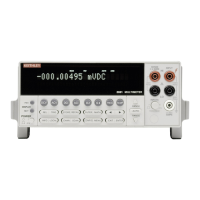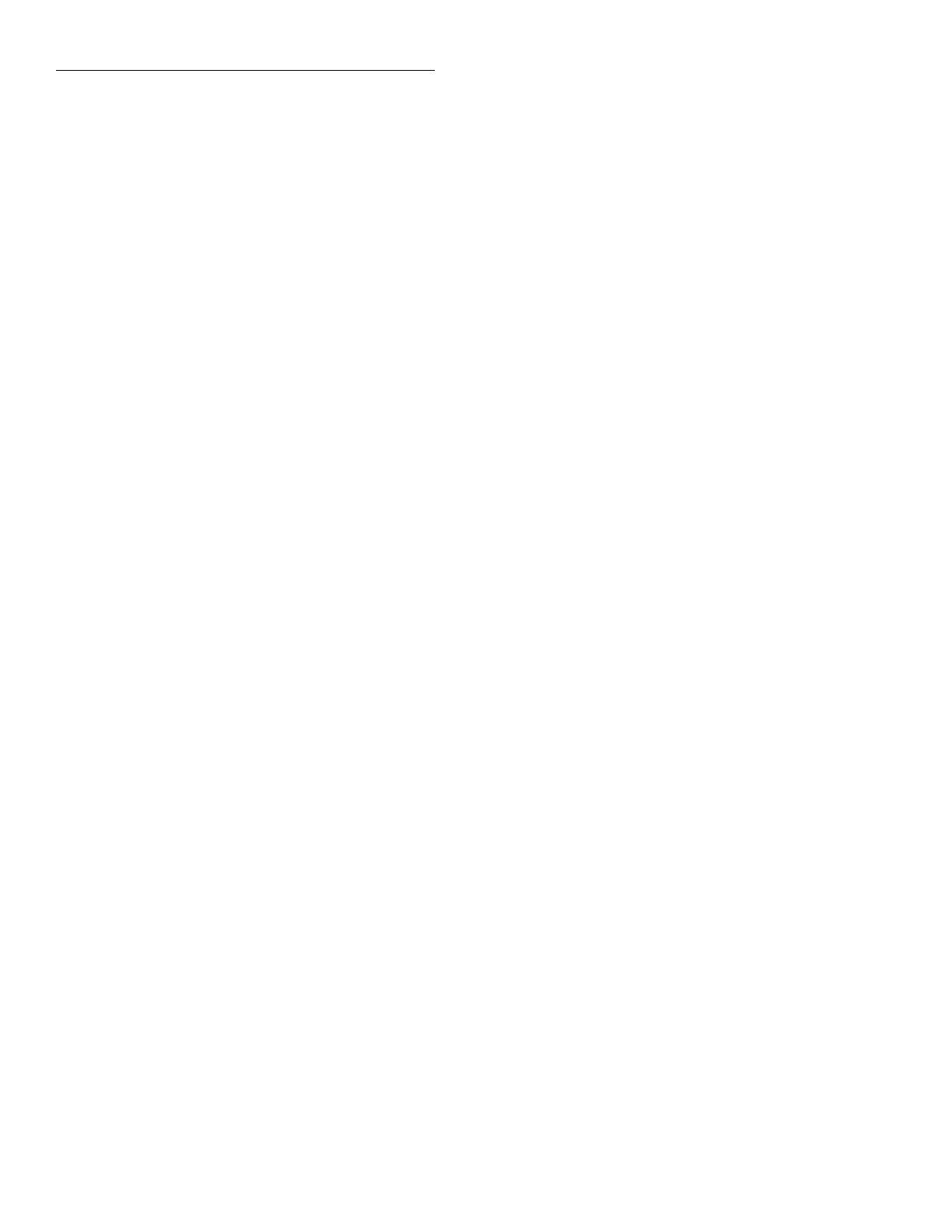Disassembly
3-2
¥ Use dry nitrogen gas to clean dust off PC-boards.
3.2.2 Solder repairs
Observe the following precautions when it is necessary
to use solder on a circuit board:
¥ Use an OA-based (organic activated) ßux, and take
care not to spread the ßux to other areas of the cir-
cuit board.
¥ Remove the ßux from the work areas when the re-
pair has been completed. Use pure water along
with clean foam-tipped swabs or a clean soft brush
to remove the ßux.
¥ Once the ßux has been removed, swab only the re-
paired area with methanol, then blow dry the
board with dry nitrogen gas.
¥ After cleaning, the board should be allowed to dry
in a 50¡C low-humidity environment for several
hours.
3.3 Special handling of static sensitive
devices
CMOS devices operate at very high impedance levels
for low power consumption. As a result, any static that
builds up on your person or clothing may be sufÞcient
to destroy these devices, if they are not handled prop-
erly. Use the following precautions to avoid damaging
them:
CAUTION
Many CMOS devices are installed in
the Model 2001. In general, it is rec-
ommended that all semiconductor
devices be handled as static-sensi-
tive.
1. ICs should be transported and handled only in
containers specially designed to prevent static
build-up. Typically, these parts will be received in
anti-static containers of plastic or foam. Keep these
devices in their original containers until ready for
installation.
2. Remove the devices from their protective contain-
ers only at a properly grounded work station. Also,
ground yourself with a suitable wrist strap.
3. Handle the devices only by the body; do not touch
the pins.
4. Any printed circuit board into which the device is
to be inserted must also be grounded to the bench
or table.
5. Use only anti-static type solder sucker.
6. Use only grounded tip solder irons.
7. Once the device is installed in the PC board, it is
normally adequately protected, and normal han-
dling can resume.
3.4 Case cover and shield removal
If it is necessary to troubleshoot the instrument or to re-
place a component, use the following procedures as re-
quired. The Þrst procedure removes the case cover, and
the second procedure removes the top shield of the an-
alog board allowing access to analog circuitry.
3.4.1 Case cover removal
WARNING
Before removing the case cover, dis-
connect the line cord and any test
leads from the instrument.
To remove the case cover, refer to drawing 2001-054
and perform the following steps:
1.
Remove Handle
The handle serves as an adjust-
able tilt-bail. Its position is adjusted by gently pull-
ing it away from the sides of the instrument case
and swinging it up or down. To remove the handle,
swing the handle below the bottom surface of the
case and back until the orientation arrows on the
handles line up with the orientation arrows on the
mounting ears. With the arrows lined up, pull the
ends of the handle out of the case.
2.
Remove Mounting Ears
Each mounting ear is
secured to the chassis with a single screw. Remove
the two screws and pull down and out on each
mounting ear. Note: When re-installing the mount-
ing ears, make sure to mount the right ear to the
right side of the chassis, and the left ear to the left

